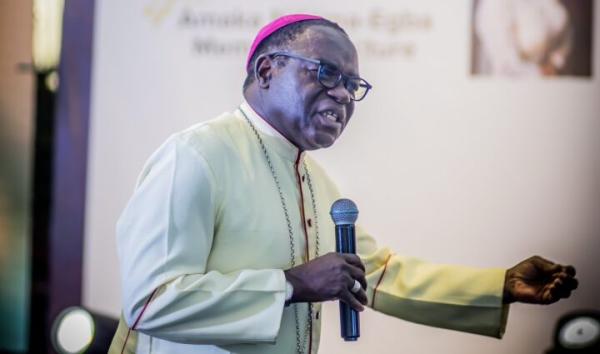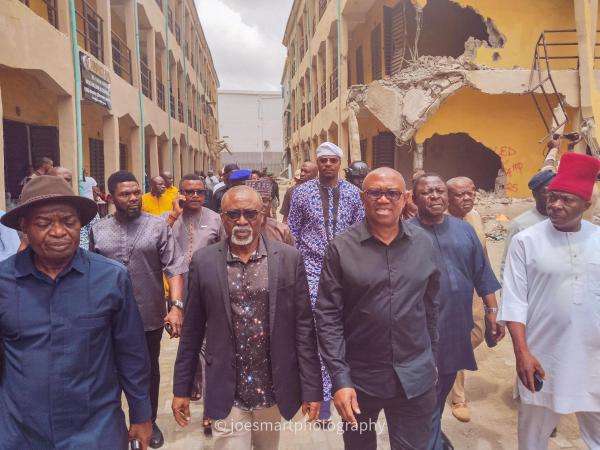
The Federal Government has revealed it plans to demolish 700 houses to pave the way for the ongoing construction of the Lagos-Calabar Coastal Highway.
This was made public by the Lagos State Controller of Works, Mrs. Olukorede Kesha.
Kesha spoke during a stakeholders’ meeting on the progress of the multi-billion-naira highway project.
According to her, the number of houses marked for demolition is significantly lower than initially projected.
“Instead of having to demolish about 1,500 houses, we took the most economical route. Now we are left with less than 700 houses to be demolished,” she said.
Kesha praised the planning and pace of the project, revealing that Section One of the Lagos-Calabar Coastal Highway — a 47.4-kilometre stretch — had already been awarded.
She further addressed concerns raised by affected communities over the alignment of the road.
“A lot of people complained about set alignments, but we are not duty-bound to follow any alignment,” she stated. “It was set aside when somebody else was to do it, but now that it’s the Federal Government, we have to look at the most feasible, most economical route.”
Also speaking at the meeting, Minister of Works, David Umahi, emphasized the national significance of the Lagos-Calabar project, describing it as a transformative initiative that will ease traffic congestion and generate carbon credits due to its eco-friendly design.
“This project is going to evacuate all the traffic out of the town, and that will be a big plus for us,” Umahi said. “We are not only building for today. We are also building for tomorrow. And, of course, there will be a rail line in the middle. The middle is 12 metres gap.”
The minister added that some sections of the highway will feature train stations and other infrastructure to support future development.
Umahi also spoke on the challenges encountered in Section Two of the project, especially in industrial areas such as the Dangote refinery.
“We are now building a flyover that has a span of 60 metres. And then the next span is 41.6 metres, counterbalanced by the next span, and then the rest is 22, 23 metres. So, we are flying over Dangote’s refinery, Dangote’s fertilizer plant, and other conflict points,” he explained.
The minister further noted that similar construction activities have already commenced in Cross River and Akwa Ibom states, with more states to follow soon.
He also highlighted the Sokoto-Badagry legacy project, revealing that the third section, starting from Badagry, will face engineering challenges due to three kilometres of rivers along the route.
He, however, assured that four strategic solutions are being considered.
Umahi explained that the Lagos-Calabar project is part of four interconnected legacy projects meant to improve nationwide connectivity.
According to him, one corridor runs from Calabar through Ebonyi, Enugu, Benue, Nasarawa, Kogi, and Abuja, while another stretches from Abuja to Makurdi, Keffi, Akwanga, Jos, Bauchi, and Gombe.
“The four legacy projects are all connected together and no region is left aside,” he said.
He concluded by warning the public against misuse of infrastructure.






















